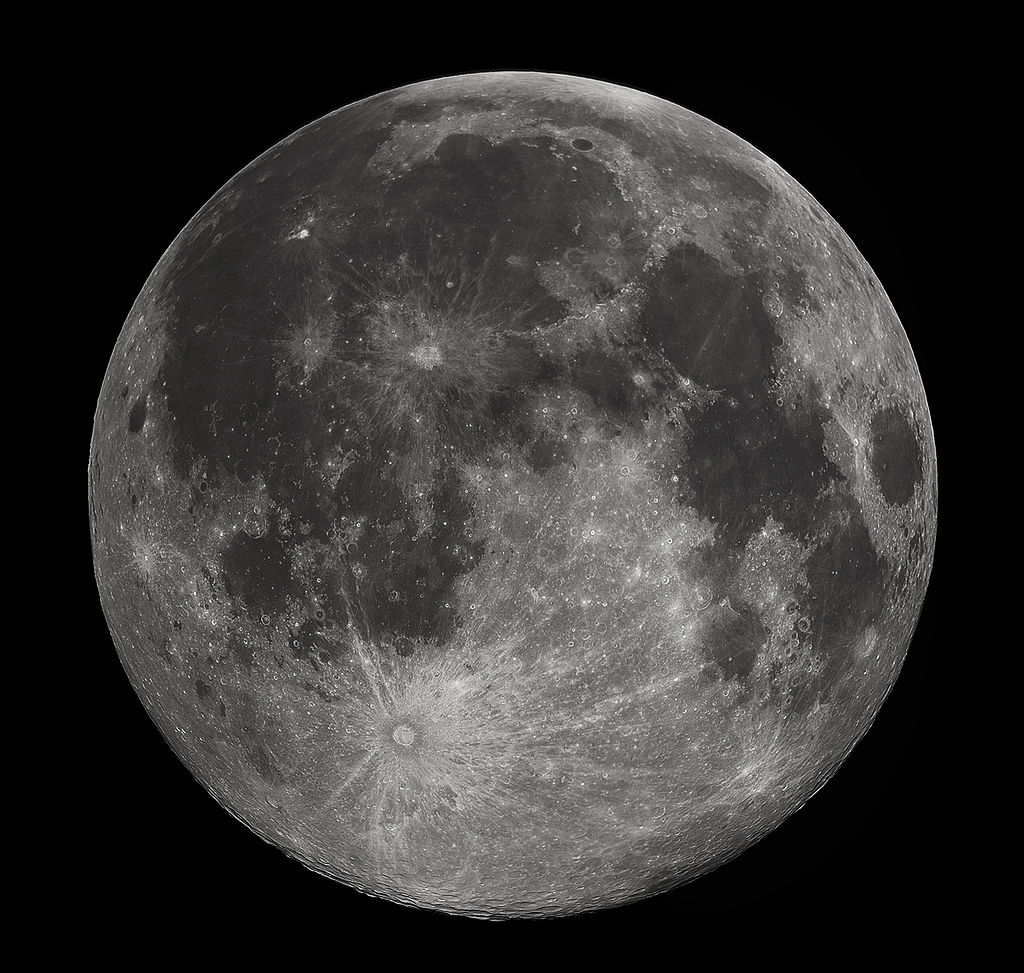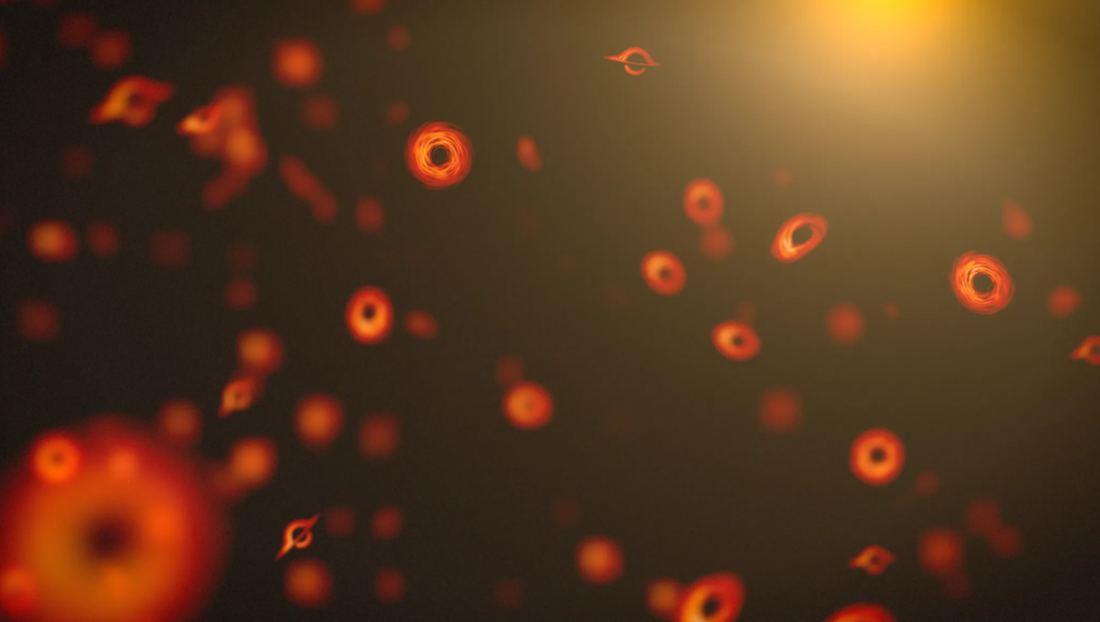Many times, it’s better to flesh out technologies fully on Earth’s surface before they’re used in space. That is doubly true if that technology is part of the critical infrastructure keeping astronauts alive on the Moon. Since that infrastructure will undoubtedly use in-situ resources – known as in-situ resource utilization (ISRU) – developing test beds here on Earth for those ISRU processes is critical to derisking the technologies before they’re used on a mission. That’s the plan with a test bed designed by researchers at the German Aerospace Center in Bremen – they designed it to improve how well we gather water and oxygen from lunar regolith. Unfortunately, as their work described in a recent paper demonstrates, it will be a challenge to do so.
Continue reading “Researchers Developed a Test Bed For Separating Valuable Material on the Moon”What Time is it on the Moon? Lunar GPS Needs to Know

GPS is ubiquitous on Earth. It guides everything from precision surveying to aircraft navigation. To realize our vision of lunar exploration with a sustained human presence, we’ll need the same precision on the Moon.
That starts with an accurate clock.
Continue reading “What Time is it on the Moon? Lunar GPS Needs to Know”Primordial Black Holes Could Kick Out Stars and Replace Them.

Primordial black holes formed during the earliest stages of the evolution of the universe. Their immense gravity may be playing havoc in stellar systems. They can transfer energy into wide binary systems disrupting their orbits. Like celestial bullies their disruption might lead to extreme outcomes though like the ejection of a star, only to be replaced by the black hole itself! A new paper studies the interactions of systems like these and looks at ways we might be able to detect them.
Continue reading “Primordial Black Holes Could Kick Out Stars and Replace Them.”NASA’s Says Goodbye to its Asteroid-Hunting NEOWISE Mission
NASA’s Wide-field Infrared Survey Explorer (WISE), launched in 2009, spent the next fourteen and half years studying the Universe in infrared wavelengths. During that time, it discovered thousands of minor planets, star clusters, and the first Brown Dwarf and Earth-Trojan asteroid. By 2013, the mission was reactivated by NASA as the Near-Earth Object Wide-field Infrared Survey Explorer (NEOWISE), which was tasked with searching for Potentially Hazardous Asteroids (PHAs). For ten years, the NEOWISE mission faithfully cataloged comets and asteroids that could pose a threat to Earth someday.
Unfortunately, NASA announced on July 1st that it would be decommissioning this planetary defense mission, which is expected to burn up in our atmosphere later this year. On Thursday, August 8th, the mission was decommissioned after the final command was sent from NASA’s Jet Propulsion Laboratory in Southern California and related to the spacecraft by the Tracking and Data Relay Satellite (TDRS) system. However, the scientific data NEOWISE collected during its ten years of operation will continue to inspire new discoveries!
Continue reading “NASA’s Says Goodbye to its Asteroid-Hunting NEOWISE Mission”Mars Has Lots of Water, But It’s Out of Reach

Mars was once wet, but now its surface is desiccated. Its meagre atmosphere contains only a tiny trace amount of water vapour. But new research says the planet contains ample liquid water. Unfortunately, it’s kilometres under the surface, well out of reach.
Continue reading “Mars Has Lots of Water, But It’s Out of Reach”A Hopper Could Explore Over 150km of Triton’s Surface In Two Years
Neptune’s largest moon, Triton, is one of the most biologically interesting places in the solar system. Despite being hard to reach, it appears to have active volcanoes, a thin atmosphere, and even some organic molecules called tholins on its surface. However, Voyager only visited it once, in passing, 35 years ago. Technology has advanced a lot in the intervening decades, and a new push for a lander on Triton specifically has been garnering attention. One such mission was described by Steve Oleson and Geoffrey Landis of NASA’s Glenn Research Center. Their concept mission, known as Triton Hopper, was funded by NASA’s Institute for Advanced Concepts (NIAC) back in 2018 and utilized a cryogenic pump to extract propellant from Triton’s surface to power a “hopper” that could travel up to 5 km a month, and do some fascinating science along the way.
Continue reading “A Hopper Could Explore Over 150km of Triton’s Surface In Two Years”Can Meteor Showers Be Dangerous to Spacecraft?
We’ve all read the advice, during a meteor shower there is no equipment needed. All you need to do is lay back and wonder at one of the most spectacular sights the universe has to offer. That’s about it though and while you lay back on a lounger and watch it really can be a wonderfully grounding and relaxing experience. Unless you happen to be on National TV and miss a meteor behind your head and just tell the world there’s nothing to see. Not that I’m bitter about that of course!
Continue reading “Can Meteor Showers Be Dangerous to Spacecraft?”NASA is Looking for a Commercial Partner to Save VIPER

Space exploration has led the world in that wonderful human ability to co-operate, alas history shows we don’t do it quite as much as we should! Recently NASA has put a request out to the wider community for ideas for their VIPER rover which was designed for lunar exploration. The exact purpose of VIPER was to hunt for volatile minerals in the polar regions of the Moon. The big question, will NASA get any takers?
Continue reading “NASA is Looking for a Commercial Partner to Save VIPER”The Next Solar Cycle Has Started… But the Current One Hasn’t Finished Yet
We may be already seeing the makings of next solar cycle, peeking out through the current one.
It’s been a wild ride. Thus far, Solar Cycle Number 25 has been one of the strongest cycles in recent memory, producing several massive sunspot groups. The current large region turned Earthward (Active Region 3780) is now easily visible with eclipse glasses… no magnification needed. Cycle 25 started back in 2019.
Continue reading “The Next Solar Cycle Has Started… But the Current One Hasn’t Finished Yet”Are Andromeda and the Milky Way Doomed to Collide? Maybe Not
Scientists discovered the Andromeda galaxy, known as M31, hundreds of years ago, and around a century ago, we realized that it had negative radial velocity toward the Milky Way. In other words, eventually, the two galaxies would merge spectacularly. That has been common knowledge for astronomers since then, but is it really true? A new paper from researchers at the University of Helsinki looks at several confounding factors, including the gravitational influence of other galaxies in our local group, and finds only a 50% chance that the Milky Way will merge with the Andromeda galaxy in the next 10 billion years.
Continue reading “Are Andromeda and the Milky Way Doomed to Collide? Maybe Not”





